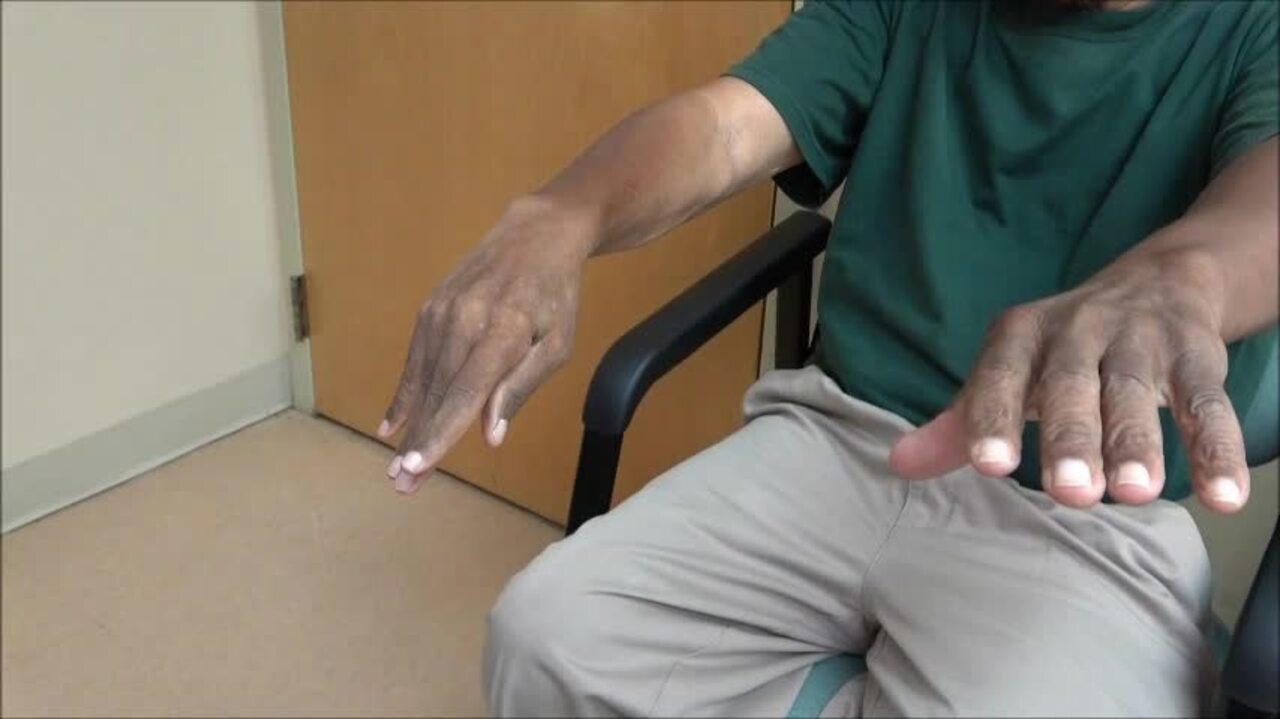
Myoclonus Hereditary Progressive Distal Muscular Atrophy might sound like a mouthful, but understanding it doesn't have to be complicated. This rare genetic disorder affects muscles, causing them to weaken over time. Myoclonus refers to sudden, involuntary muscle jerks, while distal muscular atrophy means the muscles farthest from the center of the body, like those in your hands and feet, gradually waste away. Imagine trying to button a shirt or walk steadily when your muscles don't cooperate. This condition can make everyday tasks challenging. But what exactly causes it? How is it diagnosed? And what treatments are available? Let's break down 25 essential facts to help you grasp this condition better.
Key Takeaways:
- Myoclonus Hereditary Progressive Distal Muscular Atrophy (MHPDMA) is a rare genetic disorder that weakens and wastes muscles over time, causing involuntary muscle jerks and difficulty with daily activities.
- Early diagnosis and management of MHPDMA can help in maintaining muscle strength, reducing muscle jerks, and improving quality of life through physical therapy, medications, and assistive devices.
What is Myoclonus Hereditary Progressive Distal Muscular Atrophy?
Myoclonus Hereditary Progressive Distal Muscular Atrophy (MHPDMA) is a rare genetic disorder. It affects the muscles, causing them to weaken and waste away over time. This condition can be challenging to understand, but these facts will help shed some light on it.
-
MHPDMA is a genetic disorder. It is inherited from one or both parents who carry the gene mutation.
-
The condition primarily affects the distal muscles. These are the muscles farthest from the center of the body, like those in the hands and feet.
-
Myoclonus refers to sudden, involuntary muscle jerks. These jerks can be mild or severe and may affect daily activities.
-
Progressive means the symptoms worsen over time. Muscle weakness and wasting increase as the person ages.
-
Atrophy in MHPDMA refers to the shrinking of muscles. This happens because the muscles are not being used as much due to weakness.
Symptoms of MHPDMA
Understanding the symptoms can help in early diagnosis and management. Here are some key symptoms to look out for:
-
Muscle weakness is one of the first signs. It usually starts in the hands or feet and gradually spreads.
-
Muscle wasting follows muscle weakness. The affected muscles become smaller and weaker over time.
-
Involuntary muscle jerks or myoclonus can occur at any time. These jerks are sudden and can be startling.
-
Difficulty with fine motor skills is common. Tasks like buttoning a shirt or writing can become challenging.
-
Balance problems may arise as the muscles weaken. This can lead to frequent falls and injuries.
Causes and Risk Factors
Knowing what causes MHPDMA and the risk factors can help in understanding the condition better.
-
MHPDMA is caused by mutations in specific genes. These genes are responsible for muscle function and health.
-
Family history is a significant risk factor. If a parent has the gene mutation, there is a 50% chance of passing it to their children.
-
Age can influence the severity of symptoms. The condition often worsens with age.
-
Gender does not significantly affect the risk. Both males and females can inherit and develop MHPDMA.
-
Environmental factors do not cause MHPDMA. It is purely a genetic condition.
Diagnosis of MHPDMA
Early diagnosis can help in managing the symptoms effectively. Here are some ways MHPDMA is diagnosed:
-
Genetic testing is the most definitive way to diagnose MHPDMA. It can identify the specific gene mutation responsible.
-
Electromyography (EMG) tests the electrical activity of muscles. It helps in assessing muscle health and function.
-
Muscle biopsy involves taking a small sample of muscle tissue. This sample is examined under a microscope to look for signs of atrophy.
-
Clinical evaluation by a neurologist can help in diagnosing MHPDMA. The doctor will look for signs of muscle weakness and myoclonus.
-
Family history assessment is also crucial. Knowing if other family members have similar symptoms can aid in diagnosis.
Treatment and Management
While there is no cure for MHPDMA, treatments can help manage the symptoms and improve quality of life.
-
Physical therapy can help maintain muscle strength and flexibility. It can also improve balance and coordination.
-
Medications may be prescribed to control myoclonus. These can help reduce the frequency and severity of muscle jerks.
-
Occupational therapy can assist with daily activities. Therapists can suggest tools and techniques to make tasks easier.
-
Assistive devices like braces or walkers can help with mobility. These devices provide support and stability.
-
Regular monitoring by a healthcare provider is essential. It helps in adjusting treatments as the condition progresses.
Final Thoughts on Myoclonus Hereditary Progressive Distal Muscular Dystrophy
Understanding Myoclonus Hereditary Progressive Distal Muscular Dystrophy helps in recognizing its impact on those affected. This rare genetic disorder, characterized by muscle weakness and involuntary jerks, often begins in childhood or adolescence. Early diagnosis and intervention can improve quality of life, though no cure exists yet. Genetic counseling is crucial for families, offering insights into inheritance patterns and risks. Research continues to explore potential treatments, aiming to alleviate symptoms and slow progression. Awareness and support from communities and healthcare providers play a vital role in managing this condition. By staying informed and advocating for ongoing research, we can hope for better outcomes for those living with this challenging disorder.
Frequently Asked Questions
Was this page helpful?
Our commitment to delivering trustworthy and engaging content is at the heart of what we do. Each fact on our site is contributed by real users like you, bringing a wealth of diverse insights and information. To ensure the highest standards of accuracy and reliability, our dedicated editors meticulously review each submission. This process guarantees that the facts we share are not only fascinating but also credible. Trust in our commitment to quality and authenticity as you explore and learn with us.
